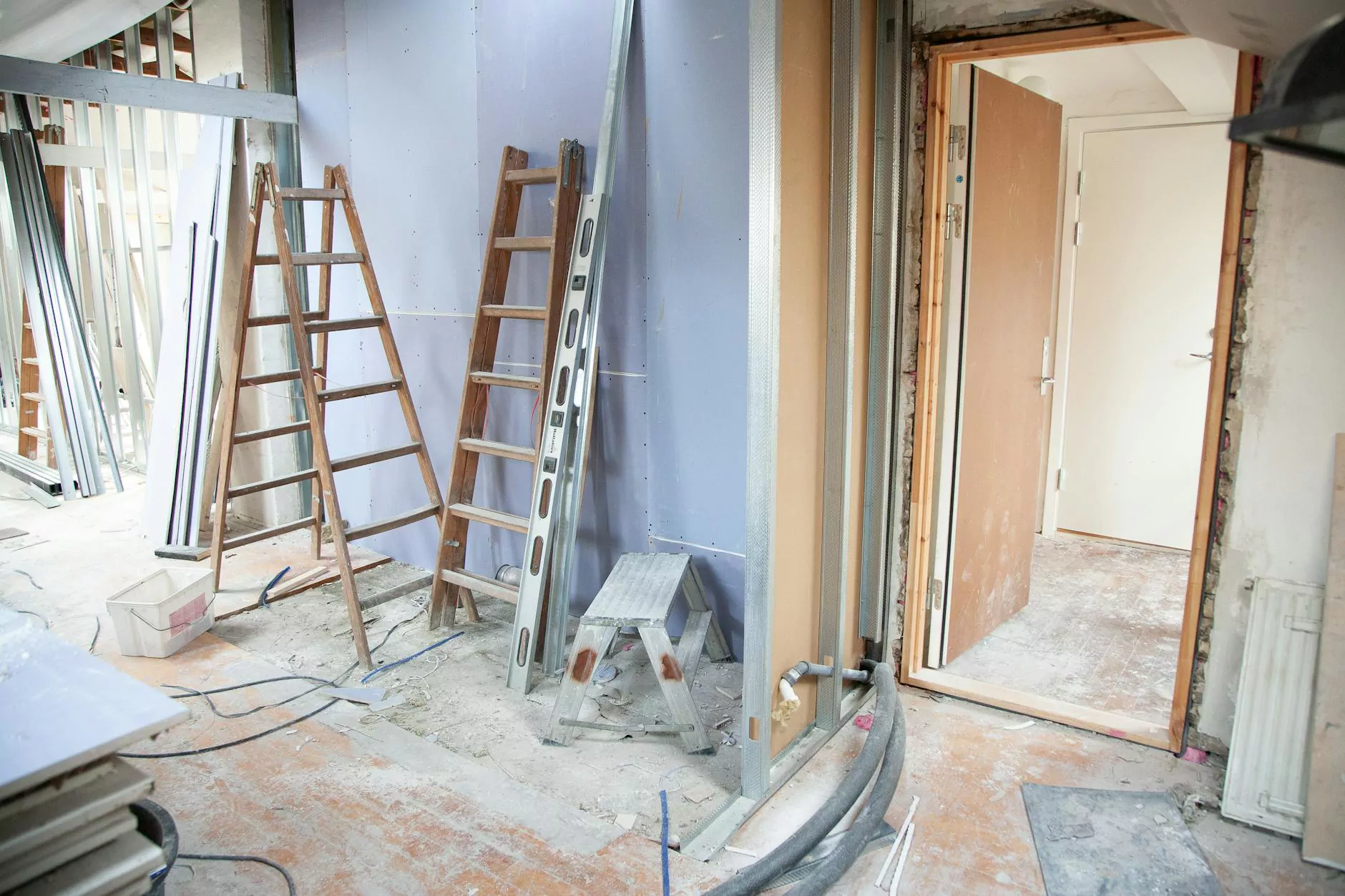Comparing Saline and Silicone Breast Implants

The Importance of Choosing the Right Breast Implants
When considering breast augmentation, choosing the right type of implants is a crucial decision. Foley James D MD, a leading expert in the field of plastic surgery, can provide you with the information you need to make an educated choice. In this article, we will compare the advantages and disadvantages of saline and silicone breast implants to help you navigate this decision-making process.
Saline Breast Implants: Features and Benefits
Saline breast implants are filled with a sterile saltwater solution. They have been used for many years and are approved by the Food and Drug Administration (FDA). One of the main advantages of saline implants is their safety profile. In the event of a rupture, the saline solution is harmlessly absorbed by the body. This makes it easier to detect and address any potential issues.
Additionally, saline implants require smaller incisions for insertion, resulting in smaller scars. They can be inserted empty and then filled once they are in place, allowing more flexibility in achieving balanced results. Saline implants also tend to cost less compared to silicone implants, which makes them a popular choice for some patients.
Silicone Breast Implants: Features and Benefits
Silicone breast implants are filled with a cohesive gel that closely mimics the feel of natural breast tissue. These implants provide a more natural-looking result and are favored by many patients who desire a softer and more natural feel. They are available in various shapes and sizes, allowing for customizable results that can better suit individual body types.
Another advantage of silicone implants is their ability to maintain their shape over time. Unlike saline implants, which may deflate if ruptured, silicone implants will generally maintain their shape. However, it is still important to monitor silicone implants for any signs of rupture, as they may not be as immediately noticeable as with saline implants.
Considerations for Each Type of Implant
1. Safety
Both saline and silicone implants are considered safe by the FDA. However, it is crucial to note that all breast implants carry some level of risk, such as the possibility of infection, capsular contracture, or implant rupture. It is essential to discuss these risks with Foley James D MD and follow all post-operative care instructions to minimize the chances of complications.
2. Aesthetics
The choice between saline and silicone implants also depends on the desired aesthetic outcome. Saline implants may be more suitable for patients with sufficient breast tissue and those who prioritize cost-effectiveness. Silicone implants are often preferred by patients seeking a more natural look and feel, especially those with minimal existing breast tissue.
3. Incision Size
Saline implants can be inserted through smaller incisions since they are filled after placement. This may result in less noticeable scarring. Silicone implants typically require larger incisions, but advancements in surgical techniques have minimized scarring in recent years.
4. Follow-up Monitoring
Both types of implants require regular follow-up appointments to ensure their integrity. Saline implants offer the advantage of a visible deflation if rupture occurs, while silicone implants may require additional imaging tests, such as an MRI, to detect any rupture.
Consult with Foley James D MD
Choosing between saline and silicone breast implants requires careful consideration of individual needs and preferences. Foley James D MD is dedicated to providing personalized guidance and expertise throughout the decision-making process. Contact our office today to schedule a consultation and take the first step towards achieving the enhanced breasts you desire.










